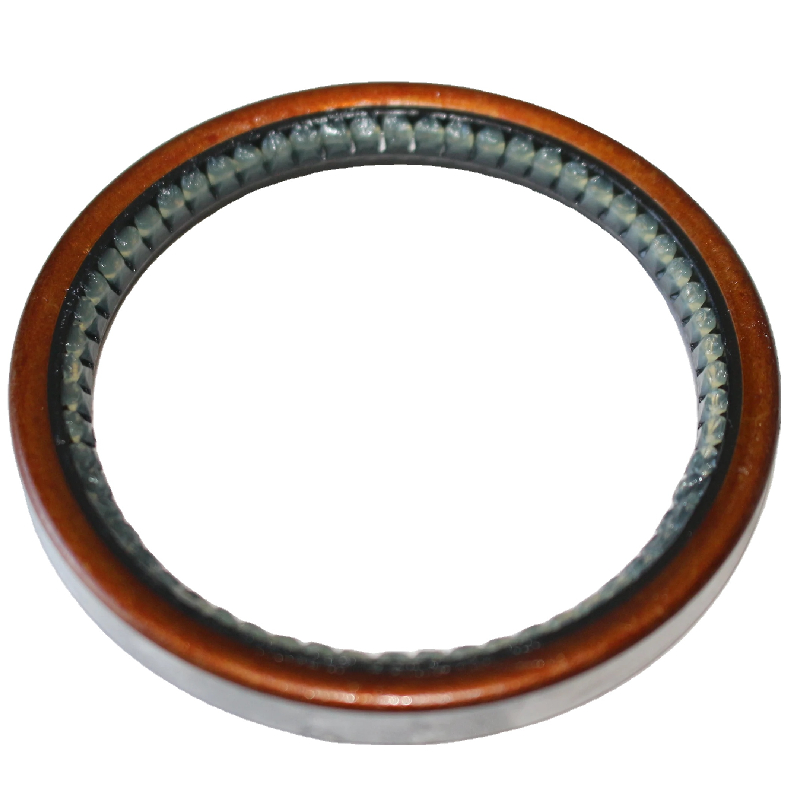sump plug leaking oil
Understanding Sump Plug Oil Leaks Causes, Consequences, and Solutions
Oil leaks are among the most common issues faced by vehicle owners, and one of the frequent culprits is the sump plug. Understanding the causes behind sump plug oil leaks, the potential consequences, and how to effectively solve the problem is essential for every car owner. This article will delve into the details surrounding sump plug oil leaks and provide insights into maintaining a leak-free engine.
What Is the Sump Plug?
Before we dive into the specifics of oil leaks, let’s clarify what the sump plug is. The sump plug is a vital component located at the bottom of the oil sump or oil pan. Its primary function is to allow for the draining of old engine oil during an oil change. When properly installed, the sump plug creates a tight seal that prevents oil from leaking out. However, several factors can lead to leaks from this essential component.
Common Causes of Sump Plug Leaks
1. Worn-out Gasket Over time, the gasket that seals the sump plug can degrade due to exposure to high temperatures, engine vibrations, and the corrosive properties of engine oil. This wear and tear can create gaps, leading to leaks.
2. Incorrect Installation During oil changes, if the sump plug is not tightened correctly, it may become loose over time, resulting in oil seeping out. Over-tightening can also cause damage to the threads, leading to leaks.
3. Thread Damage Stripped or damaged threads on either the plug or the oil pan can prevent a proper seal, causing oil to leak. This damage can occur from improper handling during installation or from corrosion.
4. Oil Type Using the wrong type of oil can lead to various issues, including increased pressure in the system, which can exacerbate leaks. Always refer to the manufacturer’s specifications for the correct oil type.
Consequences of a Leaking Sump Plug
Ignoring a leaking sump plug can have serious repercussions. The most immediate consequence is a decrease in oil levels, which can lead to insufficient lubrication of engine components. This insufficiency can accelerate wear and tear, potentially leading to severe engine damage or complete failure.
sump plug leaking oil

Additionally, a loss of engine oil can lead to overheating, as oil is crucial for dissipating heat away from engine parts. Over time, running an engine with low oil levels can result in costly repairs or even catastrophic engine failure.
Moreover, oil leaks can create environmental hazards. Oil that drips onto the ground can contaminate soil and water, posing a risk to local wildlife and ecosystems. It is also a violation of environmental regulations in many jurisdictions, resulting in penalties for vehicle owners who fail to repair leaks promptly.
How to Fix a Leaking Sump Plug
If you discover that your sump plug is leaking, it’s essential to address the issue as soon as possible. Here are steps to follow
1. Check the Oil Level Before attempting any repairs, check your engine oil level using the dipstick. If the oil is low, add the appropriate oil type to prevent engine damage.
2. Inspect the Sump Plug Use a wrench to determine if the sump plug is loose. If it is, tighten it gently to create a better seal. Avoid over-tightening, which can cause further damage.
3. Replace Gasket If the gasket appears worn or damaged, replace it with a new one. Gaskets are relatively inexpensive and can be a simple fix to prevent future leaks.
4. Repair Threads If the threads on the sump plug or oil pan are damaged, consider using a thread repair kit or replacing the sump plug altogether. In severe cases, you may need to consult a professional mechanic to repair the oil pan.
5. Seek Professional Help If you’re not comfortable performing these repairs yourself, don’t hesitate to seek help from a qualified mechanic. They can properly diagnose the issue and perform the necessary repairs effectively.
Conclusion
A leaking sump plug can lead to significant engine problems if not addressed promptly. Understanding the causes of such leaks and how to resolve them is crucial for maintaining your vehicle’s health. Regularly checking the oil level and inspecting the sump plug during oil changes will help you catch leaks early, ensuring your engine remains safe and efficient for years to come.
-
Understanding the Front Main Engine Seal: Purpose, Maintenance, and Installation
News Jul.29,2025
-
Understanding O-Rings and Seal Rings: Types, Applications, and Custom Solutions
News Jul.29,2025
-
Understanding Crankshaft Oil Seals: Rear Seals, Pulley Seals, and Their Role in Engine Integrity
News Jul.29,2025
-
The Importance of Front and Rear Crankshaft Seals in Engine Performance and Oil Management
News Jul.29,2025
-
Crank Oil Seals: Functions, Types, and Cost Considerations in Engine Maintenance
News Jul.29,2025
-
A Comprehensive Guide to O-Rings and Seals: Types, Materials, and Global Applications
News Jul.29,2025
-
Mastering Diesel and Performance Engine Maintenance: A Guide to Critical Oil Gaskets
News Jul.28,2025
Products categories















